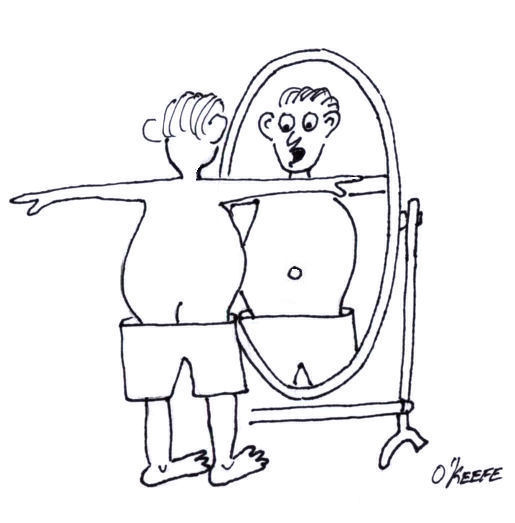| When you think of elastic, you most likely think about the stuff that allows you to put your underwear on and helps it stay riding around your mid section. In the absence of a belt, a band of elastic is indispensable. What you probably don’t realize is that most materials, including those you consider to be just plain hard, like wood, plastic, and metal, are also elastic to some extent. They’re certainly not as elastic as the rubber that your underwear’s waist band is made of, but they do stretch, or deform, when you pull on them, depending on the force exerted.
When engineers design a machine and specify that it is to be made out of particular materials, they have to take into account how much the materials will deform during usage. If metal parts in the machine become overly deformed due to operating forces, they may start interfering with each other. When that happens the machine will suffer with premature wear or perhaps even grind to a halt or fly apart. So how do we get a handle on this deformation factor? The first factor to consider is the stiffness of the material. In other words, when you try to pull it apart, a material will better resist the pull if it has high stiffness. In the world of engineering, this material stiffness is known as “modulus of elasticity” and is denoted by the letter E. Over countless decades, testing laboratories have been helping design engineers by determining the values of E for all sorts of materials that are commonly used to fabricate machines and structures. For example, for most steels E has been determined to be about 30,000,000 pounds per square inch (Lb/in2). So let’s see how we can put E to work for us. Suppose you have to design a very heavy machine with a lot of precision parts. In that machine you have a round steel rod that has a steady 60,000 pound force pulling on it lengthwise. The rod is 2 inches in diameter and 15 feet (or 180 inches) long. How much will the rod stretch under the force? This formula provides us with the answer: Rod Stretch = (Pulling Force × Rod Length) ÷ (Rod Area × E) Since the steel rod is round in our example, its cross sectional area is that of a circle. You might recall from your math classes that the area of a circle involves a constant called π, or 3.14. So to find the Rod Area we simply multiply π times the square of the rod’s diameter, d, then divide by 4. In this case the diameter of the steel rod is 2 inches, and the Rod Area is calculated to be: Rod Area = πd2 ÷ 4 = 3.14 × (2 inches)2 ÷ 4 = 3.14 square inches (in2) So, putting this value and the other information we were given into the equation, we get: Rod Stretch = (60,000 Lb × 180 in) ÷ (3.14 in2 × 30,000,000 Lb/in2) = 0.115 inches This stretch, or deformation, resulted in the rod’s length increasing by about the thickness of two dimes. You may think this is insignificant when speaking about a rod of 15 feet, but this deviation in size could lead to trouble if another machine part is in the way when the rod stretches. Unintended collision between machine parts is undesirable, no matter how you look at it. Next time we’ll investigate what happens to the diameter of our example rod when it stretches under the 60,000 pound load. _____________________________________________ |
Posts Tagged ‘operating forces’
Strength of Materials – Modulus of Elasticity
Sunday, January 9th, 2011Tags: deformation, E, engineering expert witness, forensic engineer, machine design, machine parts, mechanical failure, modulus of elasticity, operating forces, stiffness, strain, stress
Posted in Engineering and Science, Personal Injury, Product Liability | Comments Off on Strength of Materials – Modulus of Elasticity




